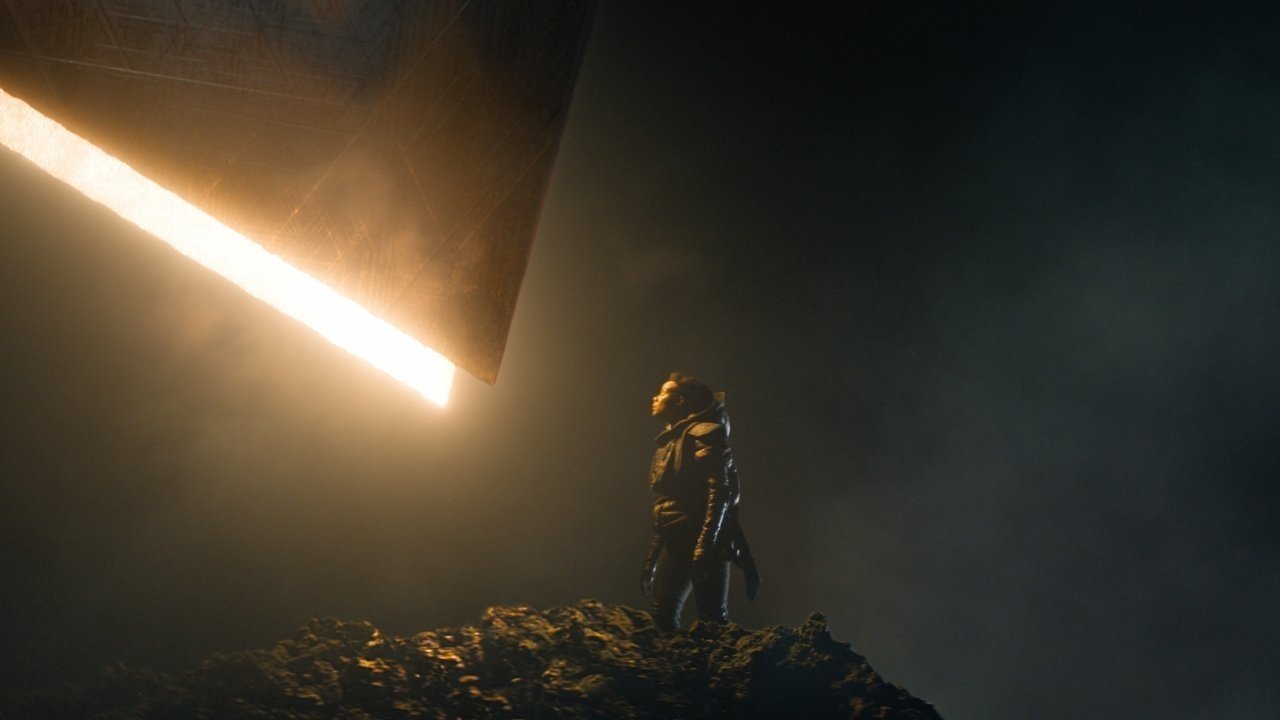The movie “Oppenheimer” makes much of the projected tortured soul of Robert Oppenheimer, the scientific genius behind the creation of the atomic bomb.
Yet there was no moral ambivalence by President Harry Truman, the man who would have had to order American troops to storm the Japanese mainland at a cost of human lives that even today remains unimaginable. Truman calculated the toll in American as well as Japanese lives in the midst of total war and made the fateful decision to create what he called a “rain of ruin.”
For Americans on the home front it was an era when we feared the telegram that began, “We regret to inform you that (son- brother-husband-uncle) was killed in action.” We repeated “Remember Pearl Harbor” with every Pacific war dispatch and were instructed on nightly air raid precautions.
Today, Aug. 6, the anniversary of the dropping of the bomb on Hiroshima, there is little doubt that the debate over its use to bring World War II to a close in the Pacific will never reach a conclusion acceptable to either side of the issue.
Critics claim Japan was close to surrender when Hiroshima and Nagasaki were targeted with atomic bombs. Others suggest that it was the Soviet Union’s attack on Japanese-occupied China that finally forced Tokyo to surrender. Yet it is the grim statistics of war that may actually close the final page on the use of nuclear weapons during WWII.
It is the crucial preface leading up to the use of two atomic weapons that Hollywood ignores in “Oppenheimer.”
Prior to attacking Hiroshima and Nagasaki with nuclear weapons, the United States was inexorably burning Japan’s major cities to the ground through an aerial campaign that saw hundreds of B-29s loaded with incendiaries conduct nightly raids that would take anywhere from 250,000 to 900,000 lives. In one raid on Tokyo, as many as 100,000 people perished. Yet the Japanese military refused to surrender.
The U.S. deployed hundreds of mines around Japanese waters, sinking transport ships loaded with the raw materials needed for Japan’s defense industries along with grain for a population whose daily rations were reduced to 1,793 daily calories. That naval assault caused massive malnutrition and, in some cases, near starvation among the civilian population. Yet the Japanese military refused to surrender.
The United States suffered nearly 5,000 deaths from kamikaze air attacks on its invasion fleet anchored off the defended islands of Okinawa and Iwo Jima. The Japanese also prepared hundreds of suicide craft with the intent of ramming U.S. warships. The Japanese military believed by inflicting significant casualties and sinking many American ships they could prevent an invasion of the mainland. Their strategy might have worked when you consider the following:
The United States Army lost 4,582 men and the Marines 2,792, taking Okinawa, an island just 67 miles long.
The Daily News Flash
Weekdays
Catch up on the day’s top five stories every weekday afternoon.
The Marines lost 7,000 men and some 20,000 wounded taking Iwo Jima, an island 5 miles long.
:quality(70)/cloudfront-us-east-1.images.arcpublishing.com/tronc/JK2RYDWUANCLVCQOGICRGFTLBY.jpg)
In addition, unlike the Germans, who were prepared but still surprised at Normandy, post-war documents reveal that the Japanese knew exactly where the Americans would land on their mainland and heavily fortified their beaches accordingly. American planners were projecting as many as a quarter million U.S. invasion casualties.
For a nation that considered surrender unimaginable, Japan was prepared to arm every civilian in anticipation of the U.S. landing. Historians report that Tokyo ordered a massive mobilization of their civilian population, bringing their armed forces from approximately 4.5 million to exceeding 6 million by August of 1945. That meant every male aged 15 to 60 and every female aged 17 to 40 would oppose our invasion.
That strategy lasted until two atomic bombs were dropped.
Even then the military was defiant. Some officers staged a military coup that would ultimately fail beside the walls of the Imperial castle. It would be the Emperor, viewed as “sacred and inviolable,” who would publicly accept surrender terms. Even then, his words reflected a sense of denial amidst the charred ruins of countless cities. “…the war situation has developed not necessarily to Japan’s advantage, while the general trends of the world have all turned against her interest.”
The two atomic attacks will forever remain a debating point for historians and not a little revisionist history by Hollywood but not for the American soldiers, sailors, Marines, airmen, and POWs who were able to come home and create post-war America. Ironically, in the years that have followed, Oppenheimer’s atomic weapons have become the forbidding custodians of peace, reminding world leaders that one more detonation will be global suicide.
Kadish is the president and founder of the Museum of American Armor in Old Bethpage, L.I.










:quality(70):focal(1458x735:1468x745)/cloudfront-us-east-1.images.arcpublishing.com/tronc/HCQM7WRQL5DZXIYN7HQ27LQS2U.jpg)

.jpg?itok=F2C4uk0x)




Discussion about this post